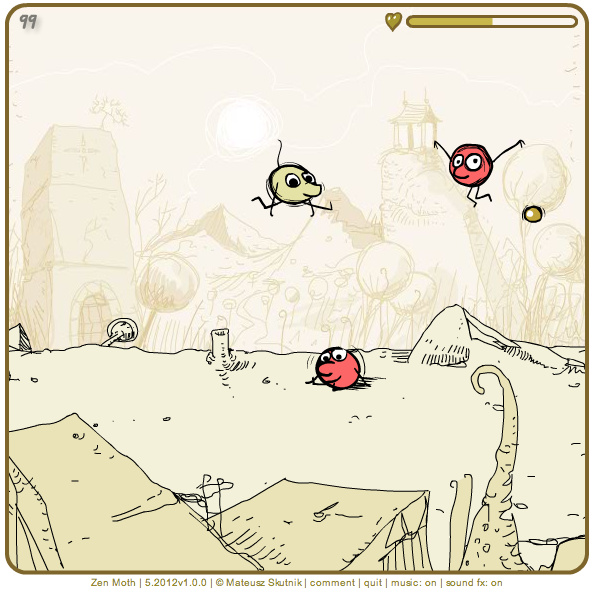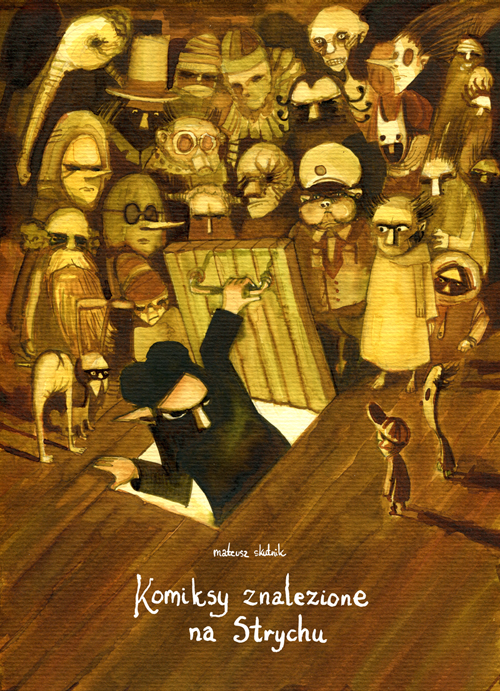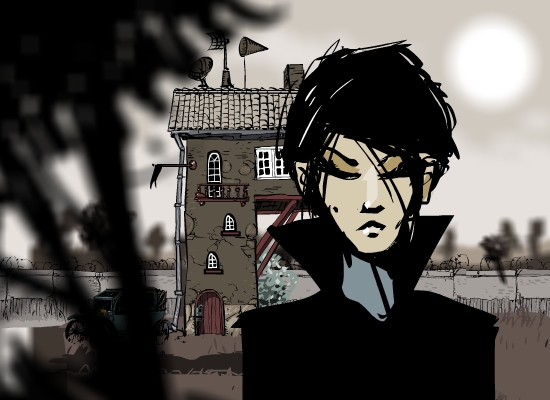Komiksy znalezione na Strychu, recenzja w Ziniolu;
July 5, 2012
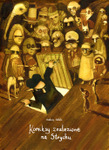 Jakiś czas temu, żona Mateusza Skutnika weszła na strych i odnalazła mnóstwo jego starych komiksów (patrz: fenomenalna okładka albumu). Tych z okresu xero. Pożółkłych staroci. Niektóre z nich posłużyły do opracowania antologii The Very Best OFF The Ziniols vol.1, inne spokojnie poczekały do momentu publikacji niniejszego albumu, jeszcze inne pewnie leżą tam do dziś. A może zostały przez autora zarchiwizowane?
Jakiś czas temu, żona Mateusza Skutnika weszła na strych i odnalazła mnóstwo jego starych komiksów (patrz: fenomenalna okładka albumu). Tych z okresu xero. Pożółkłych staroci. Niektóre z nich posłużyły do opracowania antologii The Very Best OFF The Ziniols vol.1, inne spokojnie poczekały do momentu publikacji niniejszego albumu, jeszcze inne pewnie leżą tam do dziś. A może zostały przez autora zarchiwizowane?
Komiksy znalezione na strychu to wyselekcjonowana przez autora grupa szczęśliwców, licząca łącznie ponad 70 stron. Czytając je, czułem się, jakbym sam wlazł na ten strych i uzyskał dostęp do czających się tam wykwintnych smaczków. Bez żadnej legendy, bez prowadzenia za rączkę, bez wyznaczenia granicy gdzie kończy się jeden, a zaczyna drugi krótkometrażowy komiks (chyba, że te posiadają tytuły). Ten zbiór to Skutnik ze strychu, z zapomnianych czasów. Było minęło, więc po co komentarz? Czytelnik nie dostaje nawet numerów stron.
I to jest świetny zabieg. Otwieramy strychową klapę i zerkamy sobie spode łba na te wszystkie postaci. Na Pafnutza, Stryfelka, Konstantego, Wiedźmina, gościa, który ma problem z zobaczeniem własnej dupy… Skutnik przedrewolucyjny i równy wiekiem do Skutnika morfołackiego jest Skutnikiem anegdotycznym, humorystycznym, filozoficznym oraz xerograficznym (czyli hołdującym wymyślonym przez samego siebie zasadom xerografiki). Czytając ten zbiór niejednokrotnie parskniecie śmiechem i pogrążycie się w lekkiej zadumie. A mimo, że poziom komiksów wydaje się nieco nierówny, po bliższym zbadaniu zawartości albumu, ciężko nie przyznać racji tezie, że jest to konkretny, mięsisty przegląd możliwości twórczych autora. Niekoniecznie The Best Of.
Komiksy znalezione na strychu to szorty, pochodzące w wielu pism i zinów. Kontakt to debiut Skutnika w AQQ, KKKomikkks pochodzi – a jakże z KKK, Komiks zamojski – z Zinia, a fragment serialowej Krainy Herzoga z KGB. Jest plansza z adaptacji Wiedźmina, której dla potrzeb Krakowskiego Klubu Komiksu dokonał Krzysztof Korzeniak, z zilustrował szereg znanych twórców, jest aqqowski Żywot Konstantego oraz wielokrotnie publikowany w Vormkfasie i Vormkfasie Classic Little Nemo in Slumberland, będący wariacją na temat historii Winsora McKaya. Są klasyczne dla starych wielbicieli gdańskiego zina komiksy Fourteen Fucking Ten i Seklapnijta. Jest jedyny komiks powstały we współpracy Mateuszów: Skutnika i Liwińskiego oraz Historia oparta na, co prawda makabrycznych, ale faktach, ukazująca ówczesny stosunek autora do kotów. Ściślej mówiąc: płaskich kotów. Są komiksy rysowane spontanicznie i wypieszczone. I jest to znakomite “brzydkie liternictwo” – znak rozpoznawczy Skutnika.
Na pierwszy rzut oka dużo tu chaosu. Ale jest to chaos do ogarnięcia, mimo braku wspomnianego prowadzenia za rączkę. Dla fanów Skutnika i wielbicieli staroci jest to pozycja obowiązkowa. Ja bawiłem się przy niej długo i znakomicie. I zdaję sobie sprawę z tego, że jest to wyświechtany frazes, ale jedyne, co mi się nie podobało to fakt, że album się skończył. Chcę więcej. Komiksów znalezionych na strychu 2 albo Komiksów znalezionych w piwnicy. Autorze, wydawco: chcę.
Dominik Szcześniak








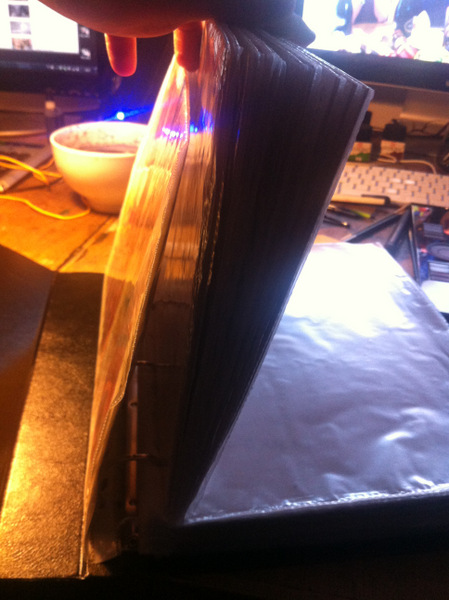
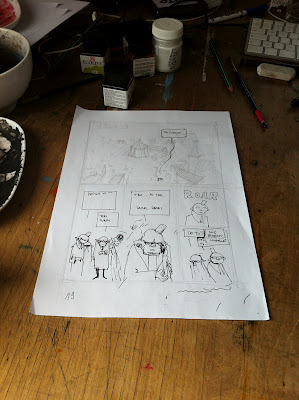
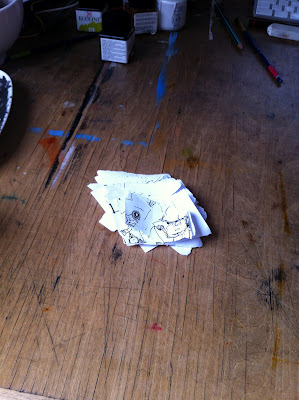
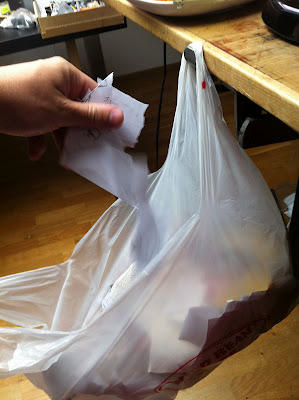
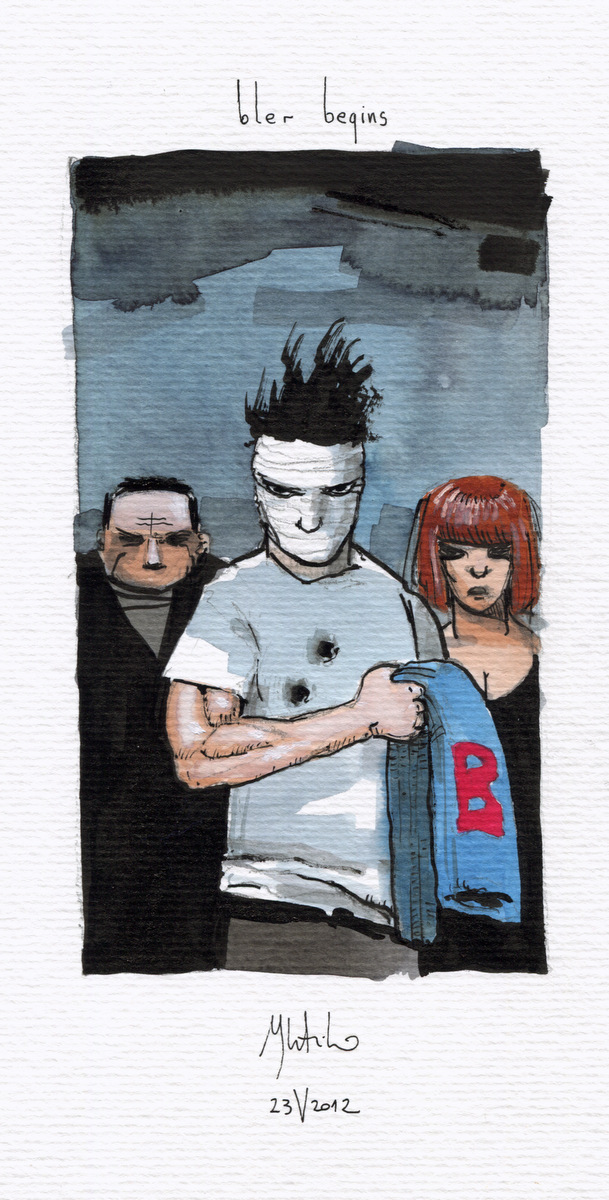
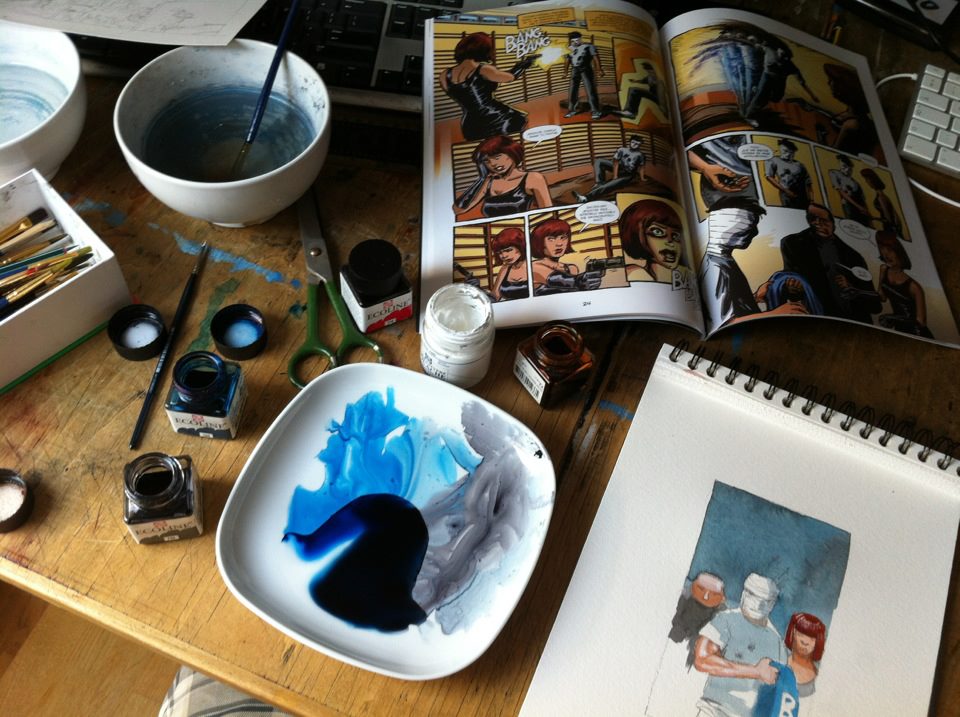

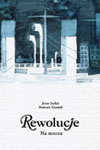 Nie jestem fanbojem Skutnika. Nie mam żadnego starszego tomu jego Rewolucji (nad czym w sumie ubolewam). LubięPana Blakiego (zwłaszcza ten pierwszy zeszyt, którego nie posiadam). Generalnie podoba mi się styl i fantazja gościa, ale cały czas nie mogę ogarnąć tego, że fizjonomie części jego bohaterów wyglądają jak dupy, a dotychczasowe kooperacje z Jerzym Szyłakiem raczej mnie odrzucały. Po czym okazało się, że razem z Szyłakiem zrobił nowy tom Rewolucji, a wydawca z dumą orzekł że to najlepszy z dotychczasowych tomów cyklu.
Nie jestem fanbojem Skutnika. Nie mam żadnego starszego tomu jego Rewolucji (nad czym w sumie ubolewam). LubięPana Blakiego (zwłaszcza ten pierwszy zeszyt, którego nie posiadam). Generalnie podoba mi się styl i fantazja gościa, ale cały czas nie mogę ogarnąć tego, że fizjonomie części jego bohaterów wyglądają jak dupy, a dotychczasowe kooperacje z Jerzym Szyłakiem raczej mnie odrzucały. Po czym okazało się, że razem z Szyłakiem zrobił nowy tom Rewolucji, a wydawca z dumą orzekł że to najlepszy z dotychczasowych tomów cyklu.